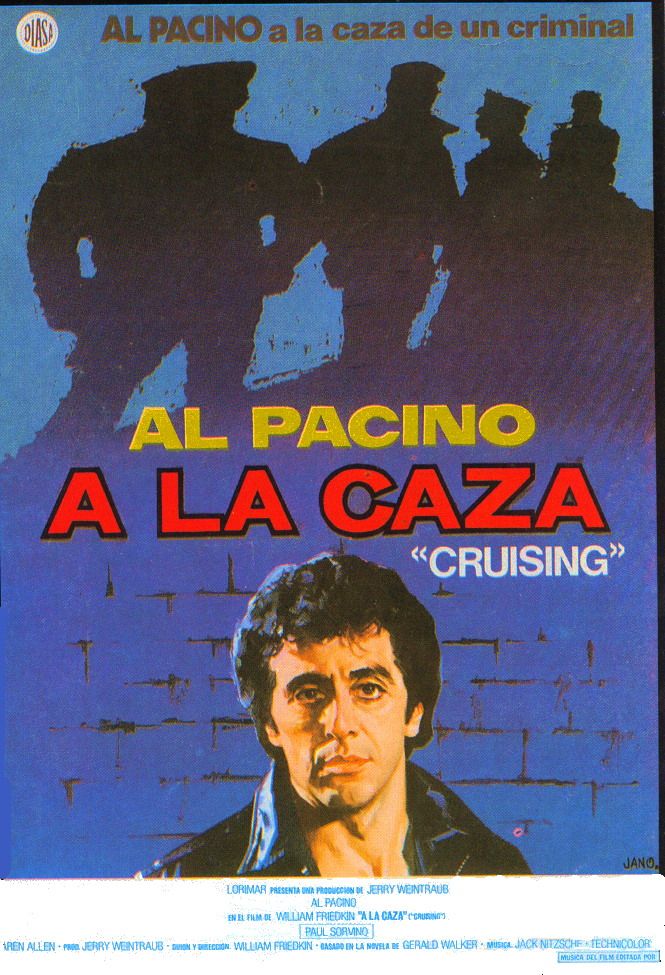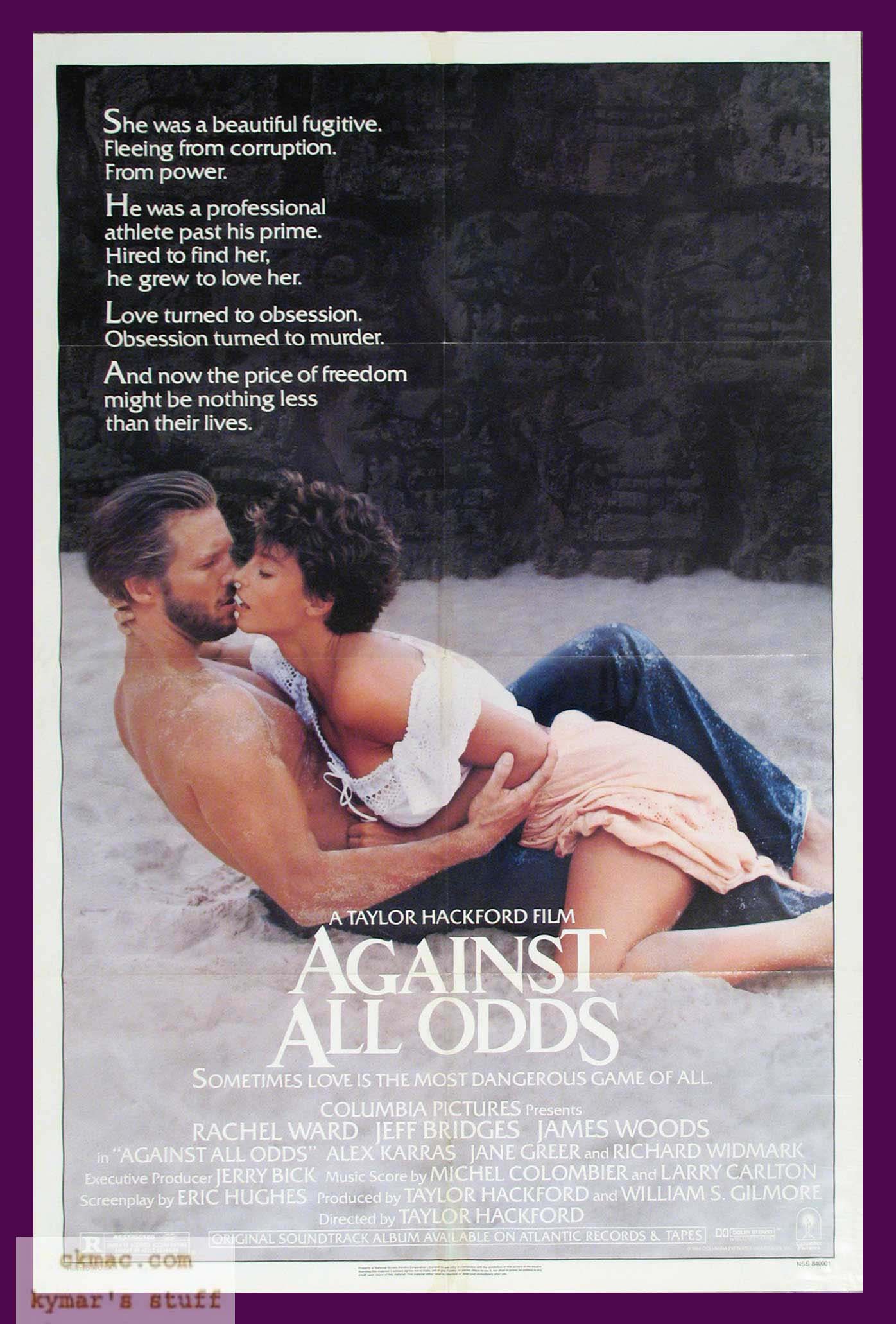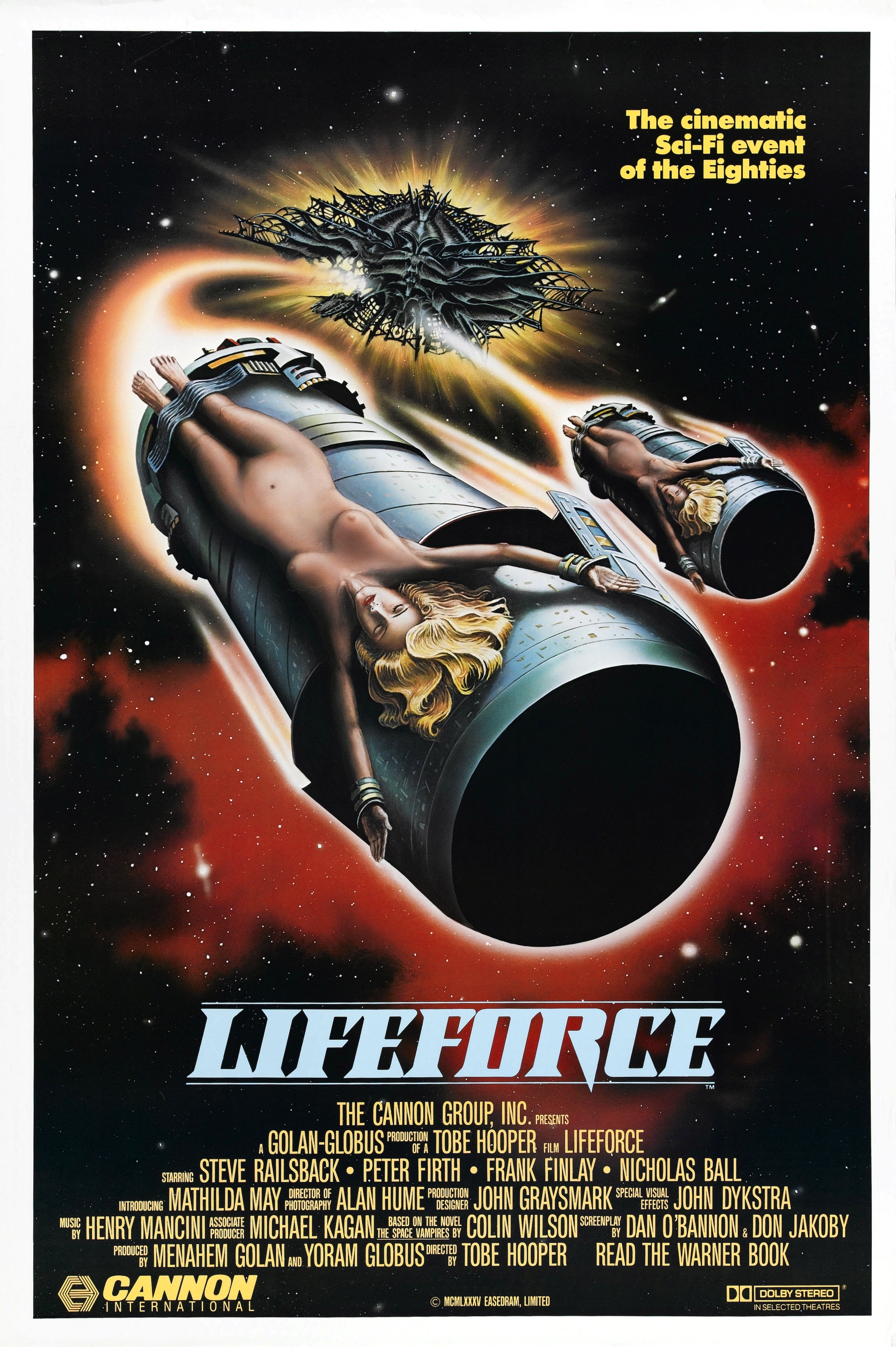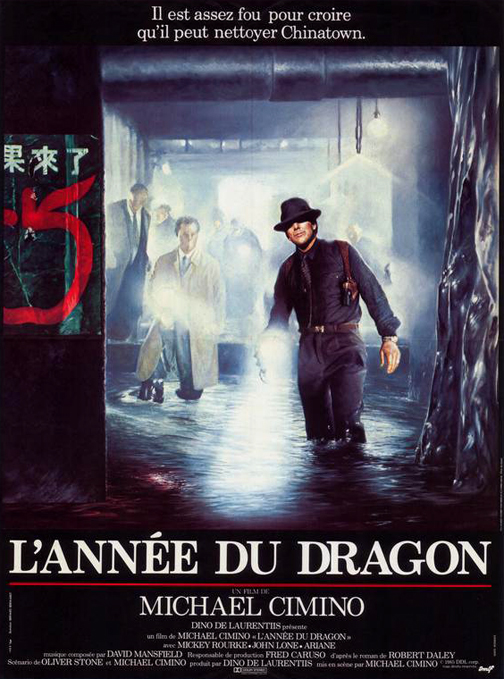Scott Bradley is the co-author (with Peter Giglio) of the horror novel 'The Dark' (2012). He also co-edited, with Amy Wallace and Del Howison, the bestselling 'The Book of Lists - Horror' (2008). Based in Los Angeles, Scott's non-fiction and journalism have appeared in 'Film Quarterly' and other publications, and his fiction has appeared in various anthologies. Scott is also a screenwriter. I spoke with him about his favourite overlooked pictures.
TWILIGHT’S LAST GLEAMING (Robert Aldrich, 1977)
Burt Lancaster busts out of prison and hijacks a nuclear missile silo (with the help of cohorts Paul Winfield and Burt Young). He’s demanding a release of a fictionalized version of the Pentagon Papers and the President of the United States as a hostage. President Charles Durning is ready to do it, but Richard Widmark (playing a version of the Hawkish General Burt Lancaster played in SEVEN DAYS IN MAY, 1964) isn’t about to let the truth told. This movie is outrageously long-winded and technically silly (the split screens don't work at all), but it’s probably the most direct of the post-Watergate thrillers, and still relevant after all these years.
 CRUISING (William Friedkin, 1980)
CRUISING (William Friedkin, 1980)A dear and gay friend believes CRUISING is "cringe-inducing". Maybe those cringes were the point. While many still think it’s homophobic, I maintain it’s ABOUT homophobia. Al Pacino plays a cop sent undercover into New York City’s S&M gay nightscape to track down a serial killer; the film is technically a mystery/thriller, but what it’s about what happens when things stuffed 'in the closet' explode outward. The biggest flaw is that Pacino is ten years too old for the character he’s playing. Otherwise I think it’s a grittily oppressive masterpiece of discomfort, dread, and sexual putrefaction.
 FAMILY PORTRAITS: A TRILOGY
OF AMERICA (Douglas Buck, 2003)
FAMILY PORTRAITS: A TRILOGY
OF AMERICA (Douglas Buck, 2003)This little-seen masterpiece, released direct-to-video, continues with the 'discomfort and dread' theme. Technically it’s three thematically connected short films about familial dynamics and dysfunctions, including the infamous CUTTING MOMENTS; the whole interwoven experience is like nothing you’ve ever seen. The first time I saw it, I literally didn’t want the DVD in my home; now, I can’t imagine living without its depiction of the intersecting points of horror and humanity.

WALKER (Alex Cox, 1987)
This oddball historical epic, telling the true story of American scholar and soldier-of-fortune William Walker (brilliantly played by Ed Harris) who briefly ruled Nicaragua in the 1800’s, seems to rank as one of the most disliked films in cinematic history, but I think it's a masterpiece. Joe Strummer's score is like a musical orgasm. I actually contacted Alex Cox about two matters, and they are interesting stories. I moved to L.A. in 1998 and wrote him a letter asking him for a job; I got a very nice response saying that he wasn’t in any position to hire me for anything, but recommending that I read Raymond Chandler novels (which I did). In 2006, my girlfriend Amy Wallace was compiling the bestselling 'Punk Rock Book of Lists', and attempting to help the endeavor, I sent Cox an email via his website asking if he’d like to contribute a list to the book. He responded – curtly but cordially – that he thought he had no relation to punk at that point (this was around 2006). He did say that we were welcome to print that as his contribution to the book. Needless to say, his comments were not included in the book.

AGAINST ALL ODDS (Taylor Hackford, 1984)
This is a movie not many people like. It seems a lot of cineastes believe that any endorsement of this film constitutes a negation of the movie it’s remaking – the 1947 noir classic OUT OF THE PAST. I know and respect a lot of people who hate this movie, but I think it’s amazing – to the eighties what CHINATOWN (1974) was to the seventies. It also features what might be the greatest James Woods performance ever. And Rachel Ward is so beautiful in the movie.

COP (James B. Harris, 1988)
Speaking of James Woods, this minor epic of depravity is adapted from an early James Ellroy novel, and I’ll take it over L.A. CONFIDENTIAL (1997) any day. This was back when Ellroy was disreputable, and this movie is about as disreputable as you can get. Woods plays an L.A. homicide detective who makes Harry Callahan look like a liberal; Lesley Ann Warren plays a horny, high-strung feminist; there’s a complicated serial killer plot going on as well (watered down, due respect to Ellroy, from the novel’s even more complicated plot). Writer/director Harris used to be Stanley Kubrick's producing partner, and they made THE KILLING (1956), PATHS OF GLORY (1957) and LOLITA (1962) together; while certainly not a filmmaker on the level of his former partner, this movie definitely shows Harris to be a director to be reckoned with in his own right.
Whilst admittedly this is no WILD BUNCH (1969) or STRAW DOGS (1971), I personally prefer it to Peckinpah’s previous spy thriller, THE KILLER ELITE (1975). He took one of Robert Ludlum’s worst novels and made (thanks in no small part to screenwriter Alan Sharp) a subversive masterpiece that was scarily truthful in its portrayal of the way normal people can be manipulated by rogue elements in their government. Burt Lancaster is now the bad guy (big nod to TWILIGHT’S LAST GLEAMING) and BLADE RUNNER (1982)’s lead replicant himself, Rutger Hauer, is the hero. The fact that the plot makes absolutely no sense just adds to the 'through the looking glass quality' of the film’s CIA conspiracy plot.
 MIRACLE MILE (Steve De
Jarnatt, 1988)
MIRACLE MILE (Steve De
Jarnatt, 1988)A Reagan-era apocalyptic thriller that’s also a multi-layered love story. What would you do if you found the love of your life on the day the world ends? That’s exactly what happens when Anthony Edwards and Mare Winningham ‘meet cute’ just hours before the missiles start flying and try to figure out a way to beat the clock and survive. Told mostly in real-time, this is a filmmaking tour-de-force, right down to one of the most heartbreaking endings you’re ever likely to see.
 LIFEFORCE (Tobe Hooper, 1985)
LIFEFORCE (Tobe Hooper, 1985)Space vampires, led by the gorgeous Mathilda May (who spends the entire movie naked), hiding in Halley’s Comet attack the Earth, shooting beams out of their eyes and exploding people and/or turning them into zombies (the movie isn’t entirely clear on this plot point). Steve Railsback (who played Charles Manson in the original TV version of HELTER SKELTER, 1976 and was the lead in THE STUNT MAN, 1980) is a dazed astronaut trying to stop the crisis with the help of SAS agent Peter Firth. The film makes very little sense, but it’s terrific fun and features a truly great Henry Mancini score. A great movie for the 14-year-old boy in all of us.

YEAR OF THE DRAGON (Michael Cimino, 1985)
Mickey Rourke is a Vietnam vet cop with issues, obsessively on the trail of Chinese mob drug kingpin John Lone in Chinatown. This movie is pretty nuts and ridiculously violent, but it also features some of the finest filmmaking by the controversial Cimino, returning to screens after the infamous epic Western HEAVEN’S GATE (1980). Perhaps this movie’s biggest problem is that it can’t quite figure out whether it wants to be an Asian-American version of THE GODFATHER (1972) or a FRENCH CONNECTION (1971)-style police procedural (it certainly has elements of both), but it’s never boring, richly-detailed, and makes one wish Cimino would start directing again.
Scott was interviewed by email during August 2012. I would like to thank him for the generous use of his time.
Paul Rowlands is a Japan-based writer. After completing a BA Humanities course (majoring in English and Science) at the University of Chester, he moved to Japan in 1999. He writes for the James Bond magazine, Kiss Kiss Bang Bang, has had articles published on Press Play and has had an almost lifelong obsession with cinema, something the advent of DVD only increased. Paul is also a writer of so far unpublished short stories and novels, and is planning his first short film.






